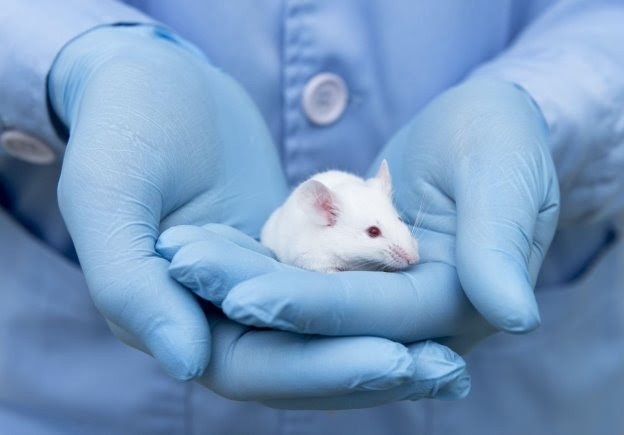In the realm of scientific research, particularly in the medical and pharmaceutical sectors, animal testing has been a prevalent method. This practice, however, is under increasing scrutiny due to ethical concerns and questions about its scientific validity. It is estimated that more than 115 million animals worldwide are used in experiments each year.

Image Credit: shutterstock
Amid these challenges, 3D organ printing has emerged as a promising solution. It not only upholds scientific integrity but also addresses the ethical dilemmas posed by animal testing, potentially reducing the reliance on animals in research significantly.
3D-printed organs outperform animal models in accuracy
3D-printed organoids are set to revolutionize the ways we approach drug and medical discoveries. This technology enables high-throughput production and allows for extensive testing under varied conditions. Moreover, it utilizes patient-specific cells, paving the way for personalized and more effective treatments."
Vidmantas Šakalys, CEO, Vital 3D
In terms of scientific merit, customizable 3D-printed organs offer a more accurate replication of human anatomy and physiology compared to traditional animal models. This leads to data that is more directly applicable to human health concerns. Additionally, this technology opens new avenues for exploring and understanding rare, genetically based diseases, which are often inadequately represented in animal models.
Challenges in balancing innovation and ethical hurdles
Despite its promise, the path to making 3D organ printing a mainstream alternative to animal testing is not without challenges. Vidmantas Šakalys sheds light on the complexities involved including the advancements in 3D printing methods, bioink formulations, and tissue engineering which are vital for improving the functionality of 3D-printed organs and tissues.
Šakalys specifically states, "Developing standardized protocols and confirming the technology's efficacy in mirroring human reactions are key for its wider application. Achieving consistent and replicable results is crucial for gaining regulatory approval and widespread acceptance."
He further notes the significant role of regulatory entities like the U.S. FDA in this process. While 3D organ printing reduces some ethical dilemmas associated with animal testing, it raises new concerns regarding the use of human cells and tissues. Addressing these ethical issues and obtaining public approval is pivotal in determining how soon this technology becomes widely adopted.
Finally, Šakalys emphasizes that integrating 3D organ printing into regular research practices hinges on researchers' familiarity with the technology, its accessibility, and the creation of user-friendly platforms.
Broader implications and future directions
The implications of 3D organ printing extend far beyond the realm of animal testing. It is set to redefine the entire spectrum of medical and pharmaceutical research, ushering in an era of more reliable, cost-effective, and humane scientific inquiry.
In regenerative medicine and tissue engineering, it holds promise for printing functional organs for transplantation, potentially easing donor organ shortages and reducing reliance on immunosuppressive drugs.
Additionally, 3D-printed organoids could be instrumental in cancer research and could be vital for health solutions in long-duration space missions.